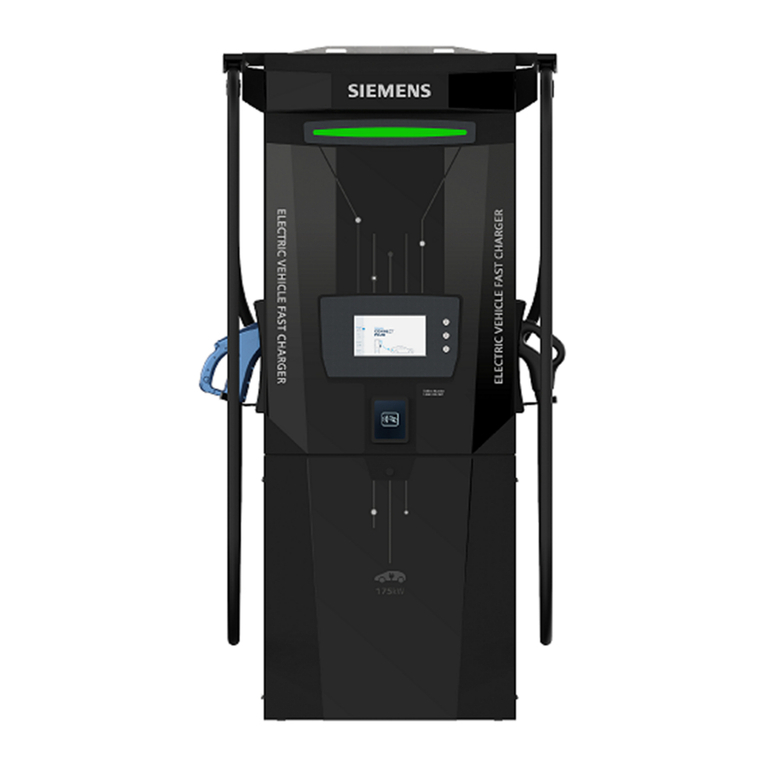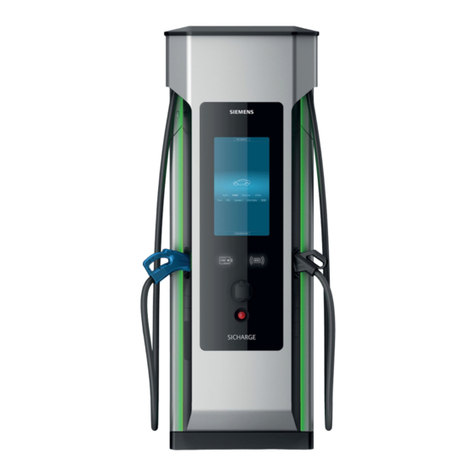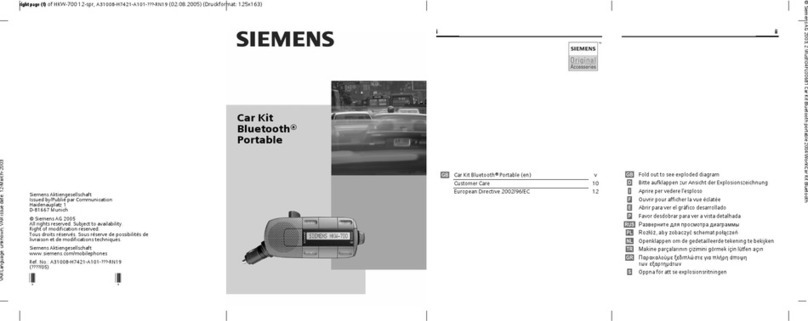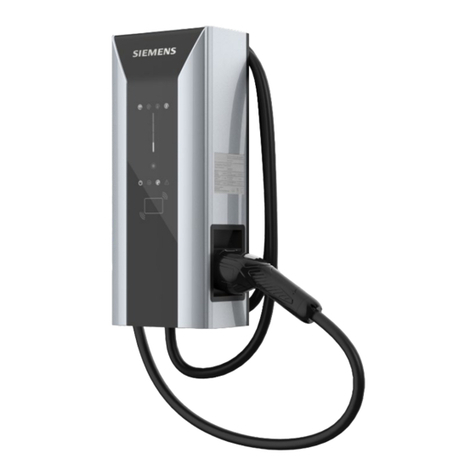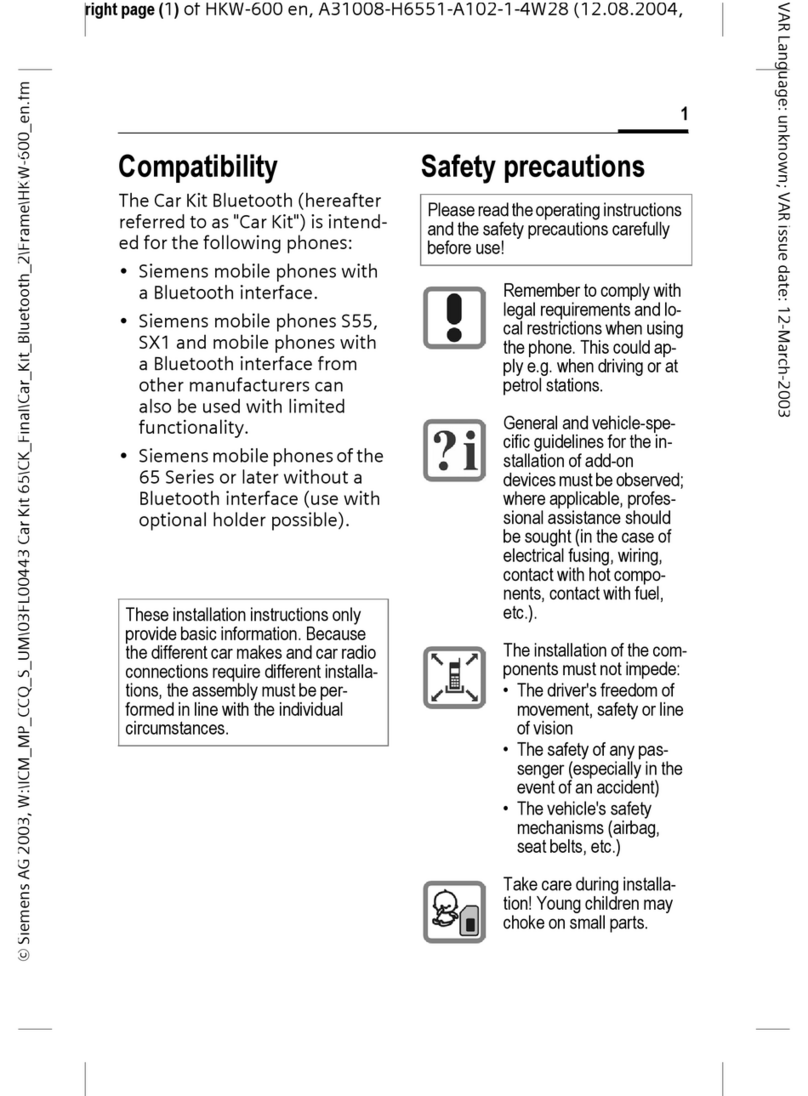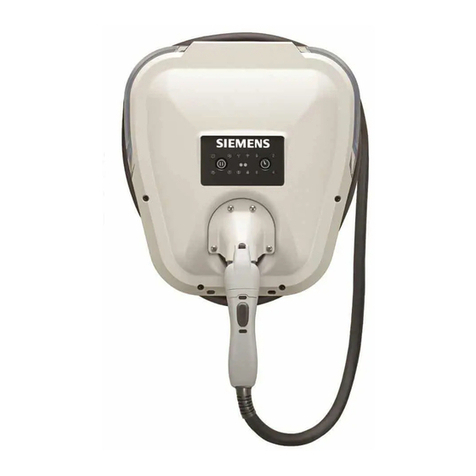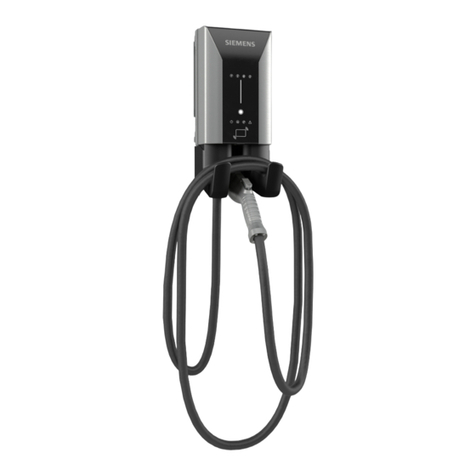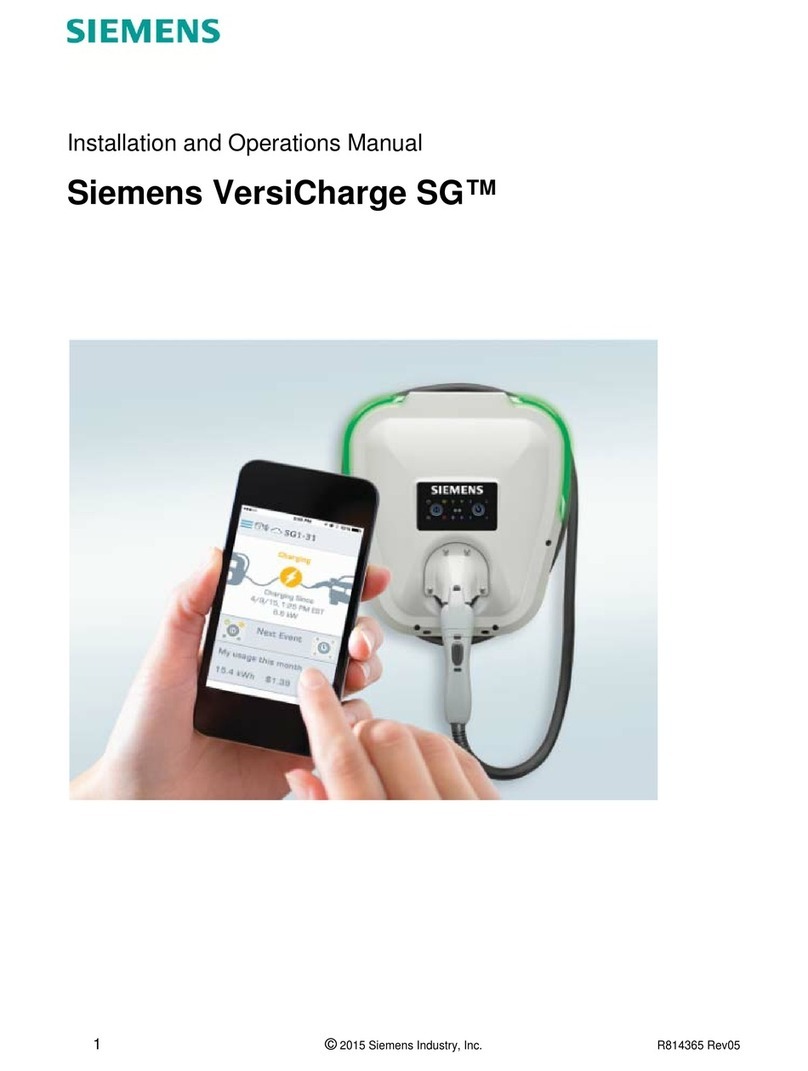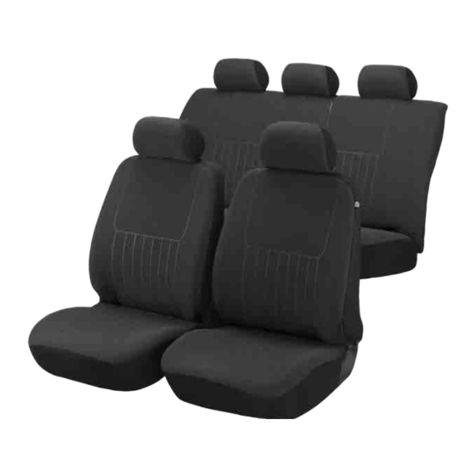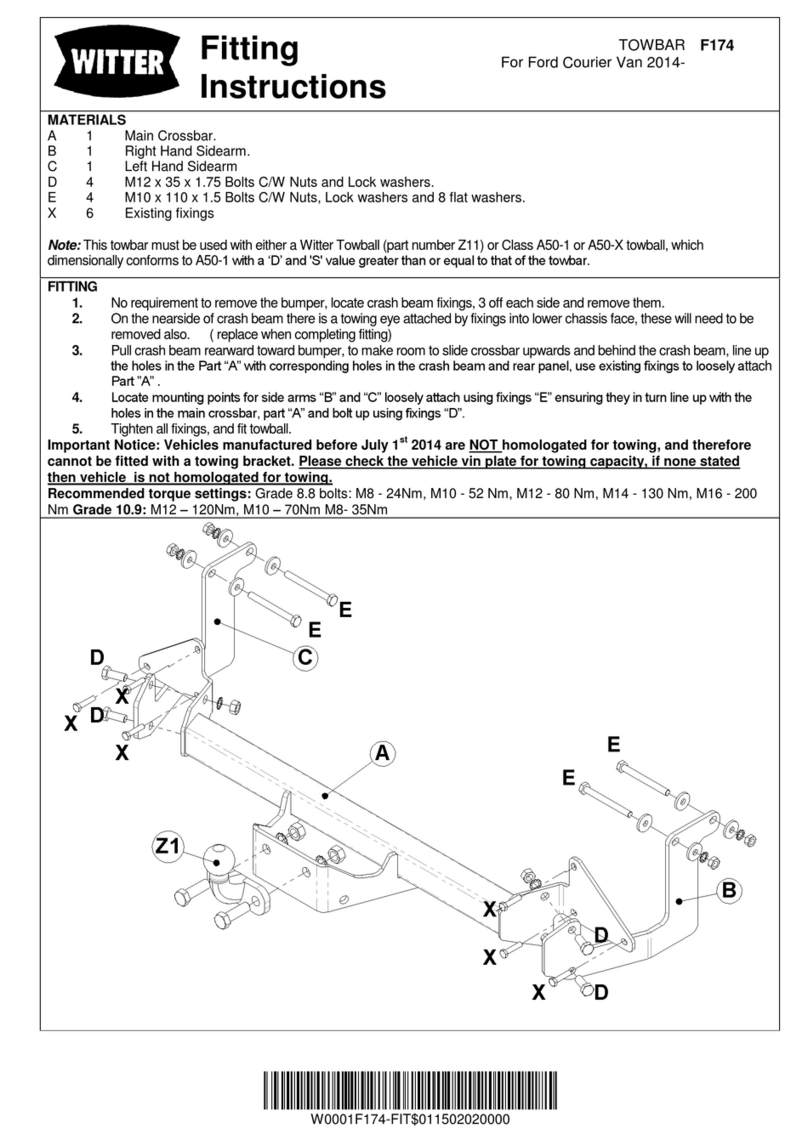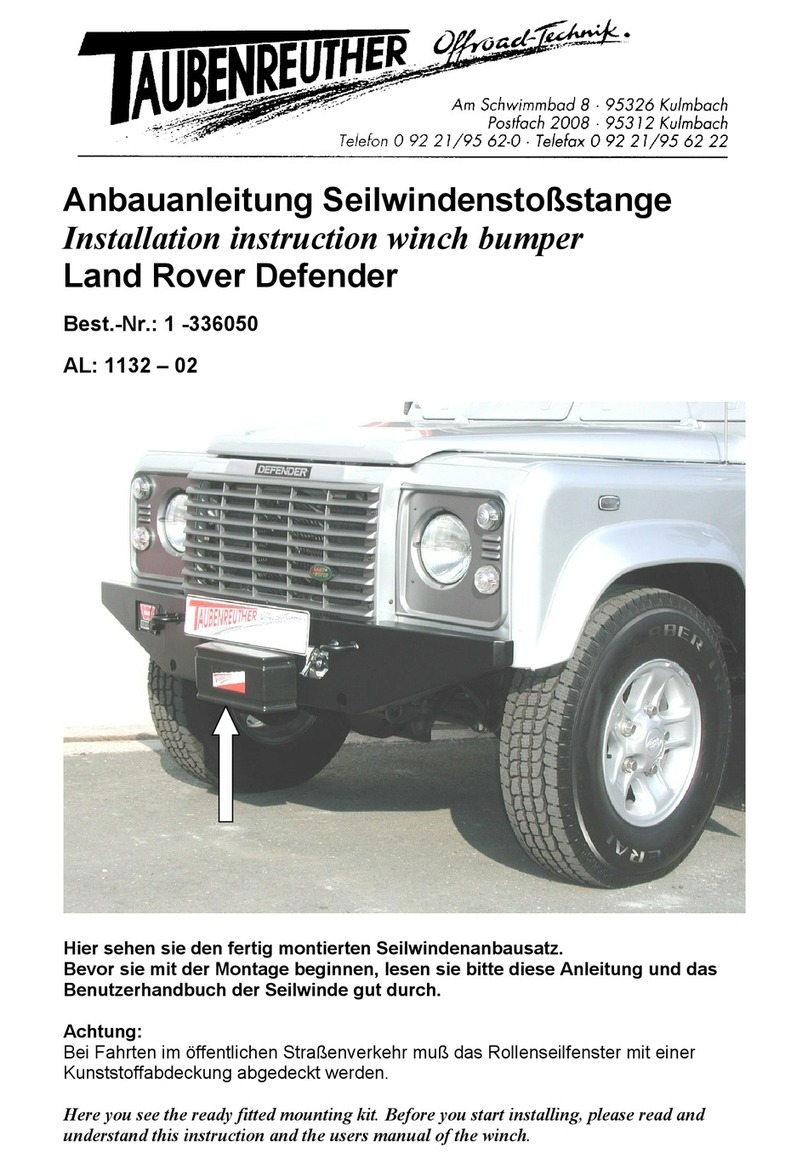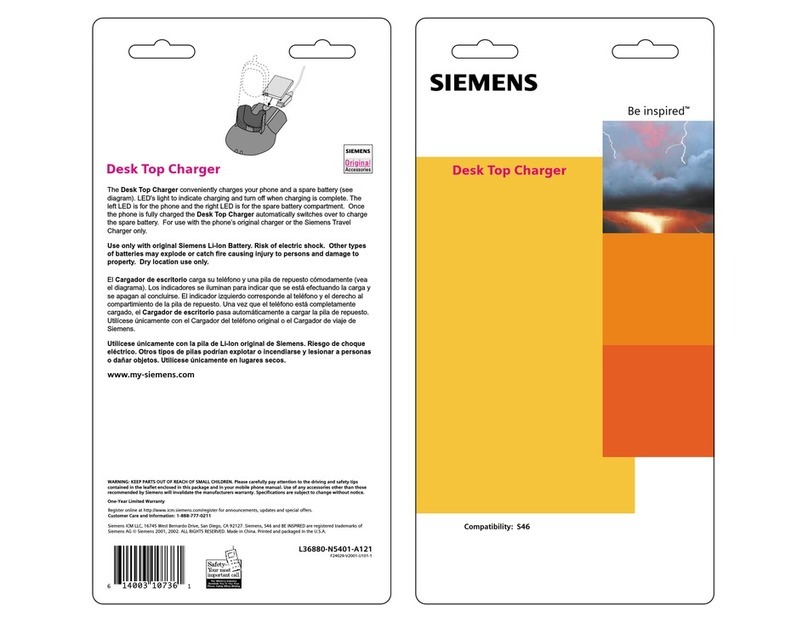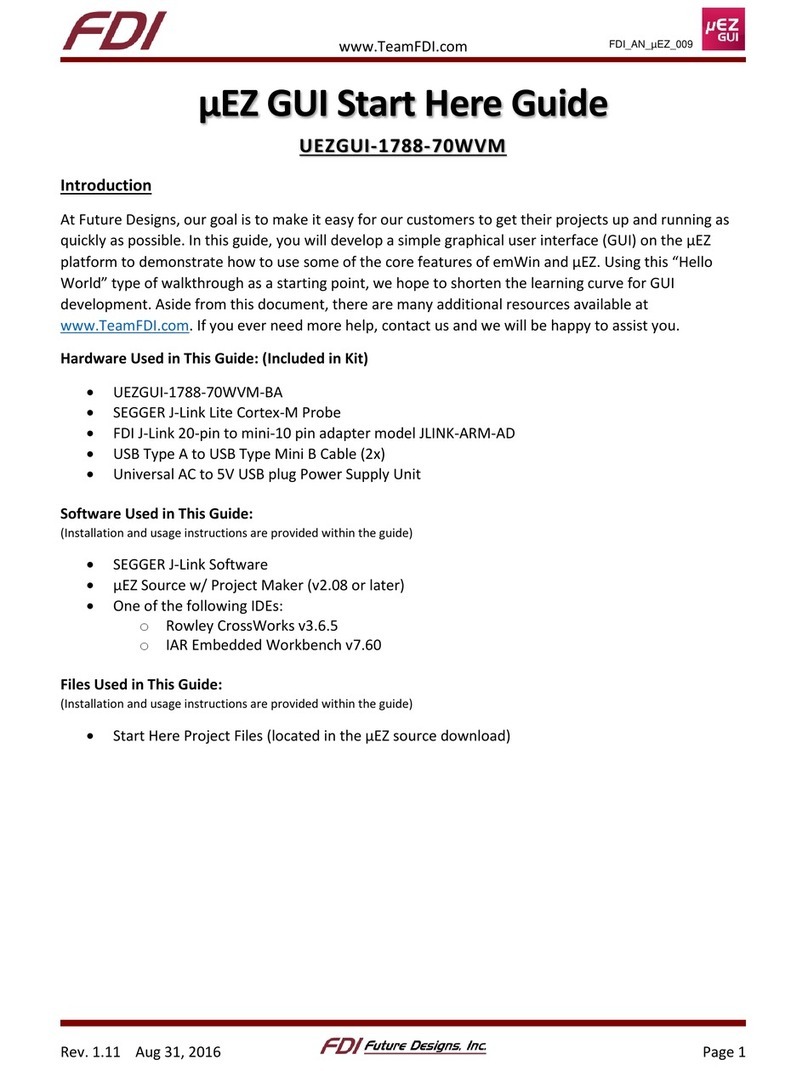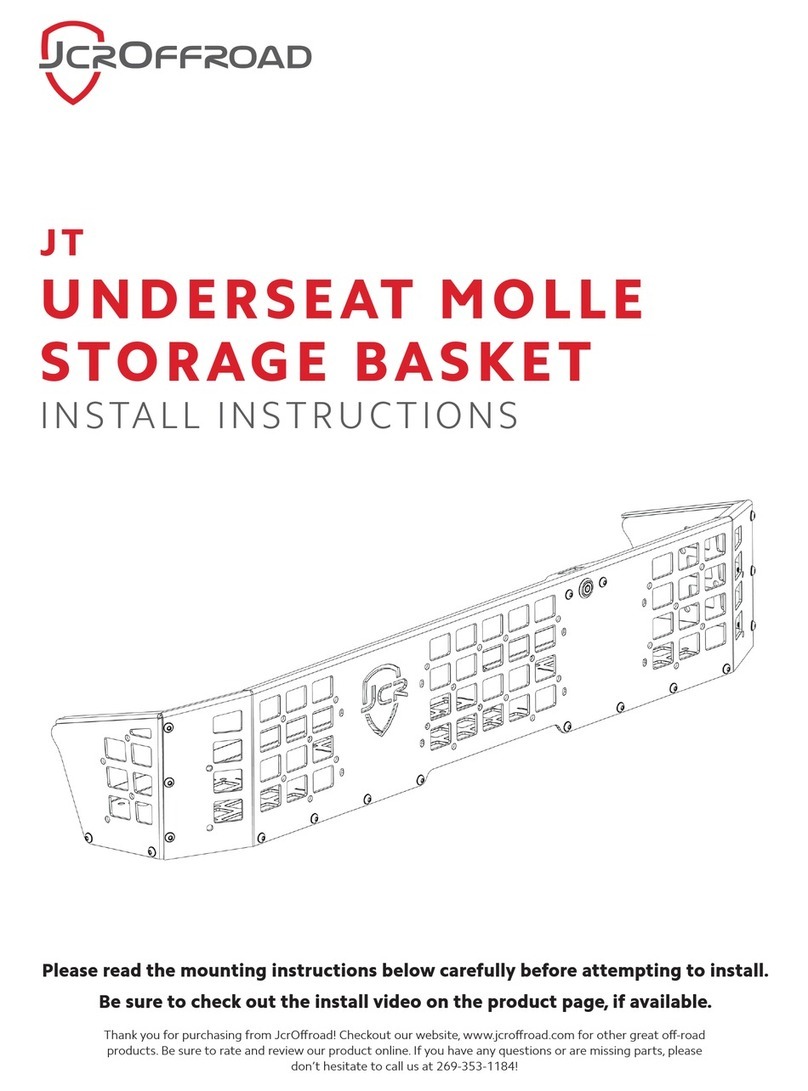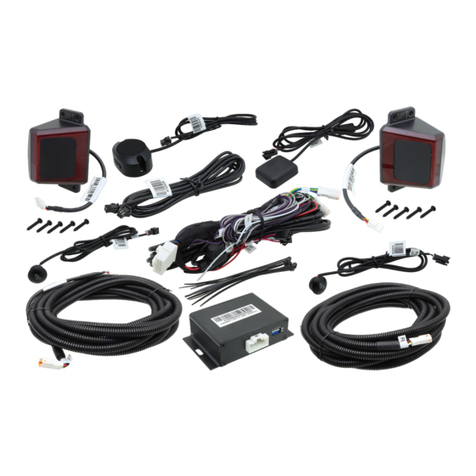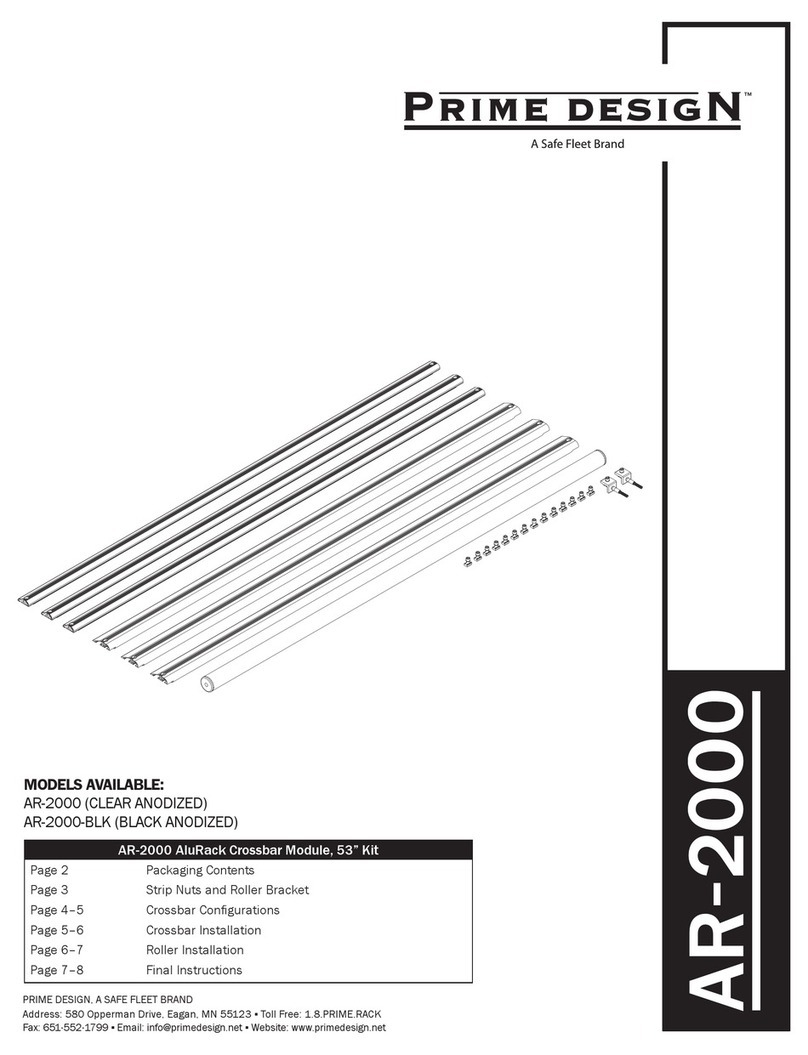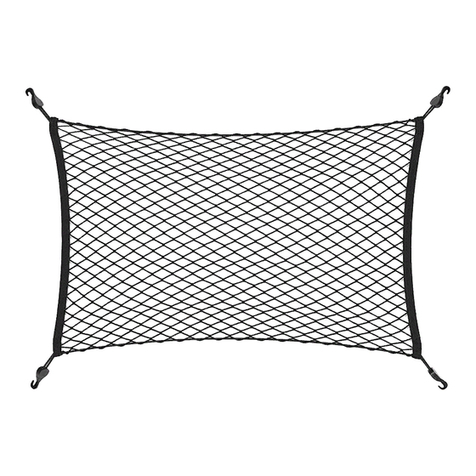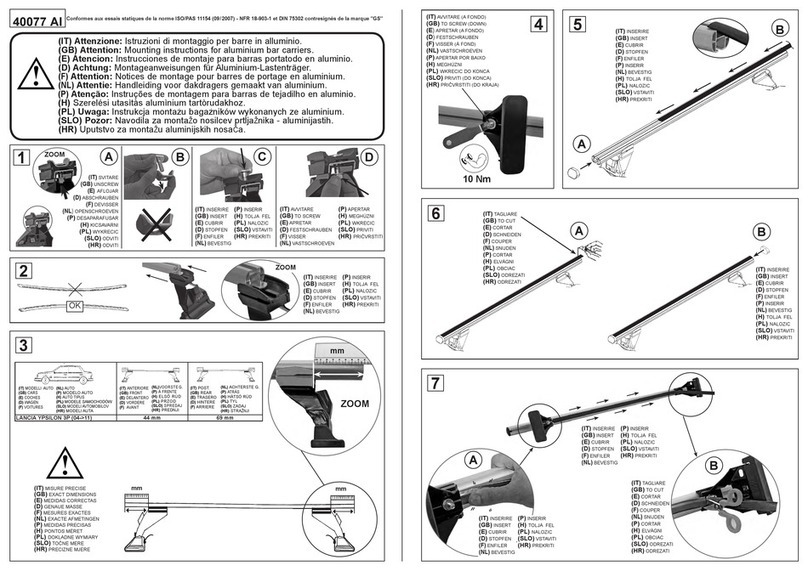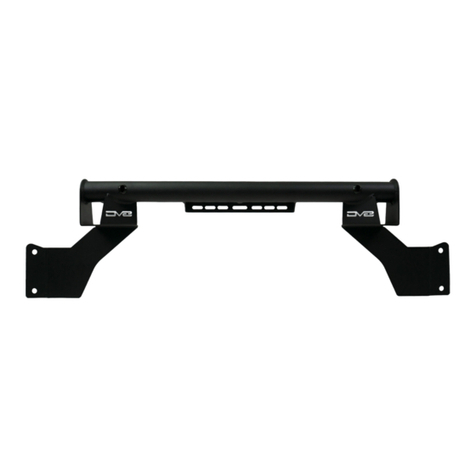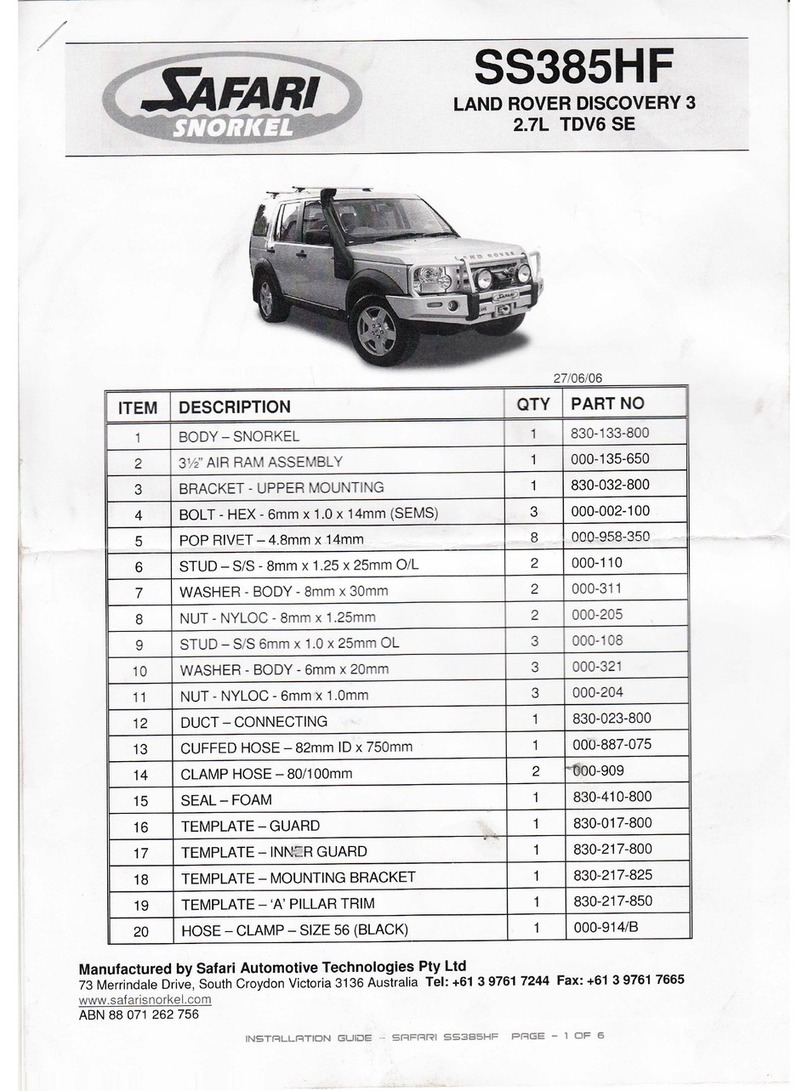
Table of contents
SICHARGE D
4Operating Instructions, 11/2022, 8EM5907-0AA00-1AA7.05
3.4 Display elements and operator controls.............................................................................. 29
3.5 Charging ports................................................................................................................... 35
3.6 Design of the charging station ........................................................................................... 38
3.7 Dynamic power distribution ............................................................................................... 41
3.8 Electrical protection devices............................................................................................... 43
3.9 Self-checks & health monitoring......................................................................................... 44
3.10 External Emergency Stop ................................................................................................... 45
3.11 Connection to an external load management system ......................................................... 45
3.12 Climate and environmental concept................................................................................... 46
3.13 Routers.............................................................................................................................. 47
3.14 SICHARGE Configuration Backend ...................................................................................... 53
3.15 OCPP backend ................................................................................................................... 55
3.16 Dispenser .......................................................................................................................... 57
4 Transport and storage ......................................................................................................................... 58
4.1 General information .......................................................................................................... 58
4.2 Road transport................................................................................................................... 62
4.3 Air transport ...................................................................................................................... 63
4.4 Sea transport ..................................................................................................................... 65
4.5 Storage ............................................................................................................................. 67
5 Installation and mounting................................................................................................................... 68
5.1 Preparation........................................................................................................................ 68
5.2 Installation location ........................................................................................................... 69
5.3 Base area and foundation .................................................................................................. 73
5.4 Goods acceptance.............................................................................................................. 78
5.4.1 Checking the delivery for completeness and correctness .................................................... 78
5.4.2 Checking the transport packaging ...................................................................................... 78
5.4.3 Report missing delivery components or transport damage.................................................. 78
5.5 Setting up the charging station .......................................................................................... 79
5.5.1 Preparing cables ................................................................................................................ 79
5.5.2 Positioning the charging station......................................................................................... 80
5.5.3 Inserting the cables into the cabinet................................................................................... 82
5.5.4 Securing the charging station ............................................................................................ 82
5.5.5 Install the cable gland plate ............................................................................................... 83
5.5.6 Installing baseboards ......................................................................................................... 86
5.6 Connecting the charging station ........................................................................................ 87
5.6.1 Safety instructions ............................................................................................................. 87
5.6.2 Mains connection .............................................................................................................. 87
5.6.3 Dispenser .......................................................................................................................... 93
5.6.4 Mounting the roof and filter cover ..................................................................................... 96
